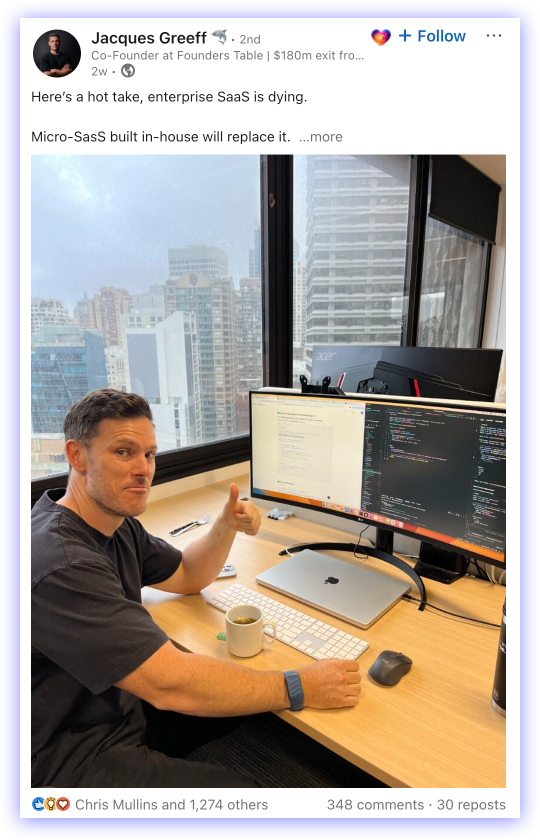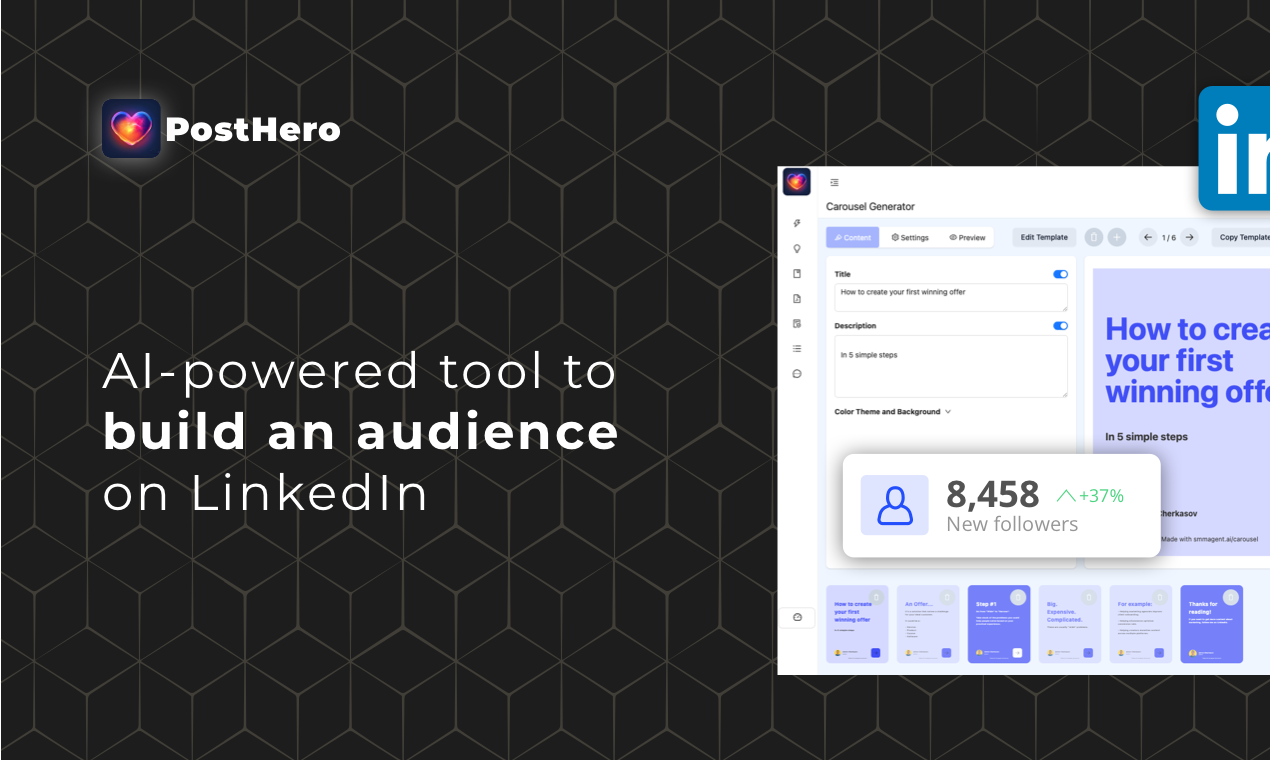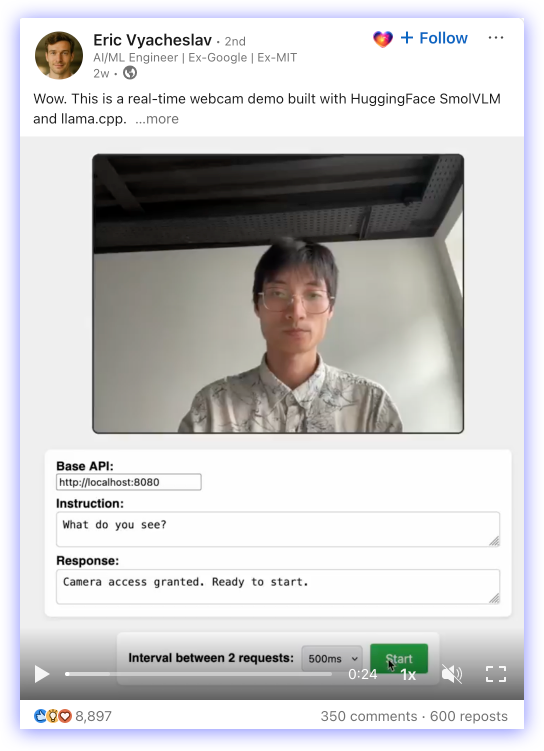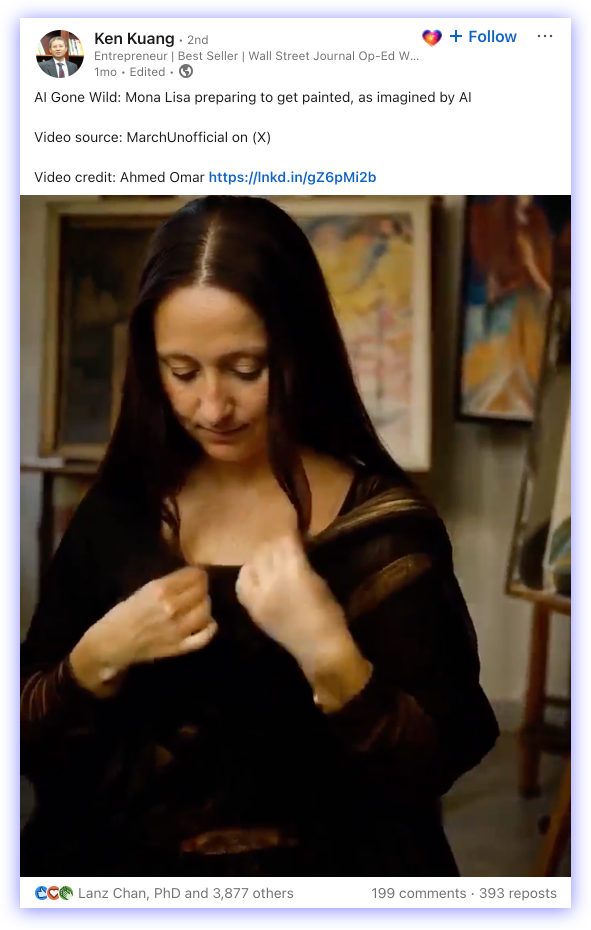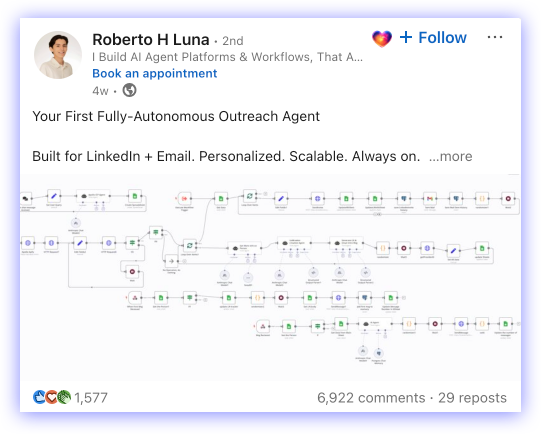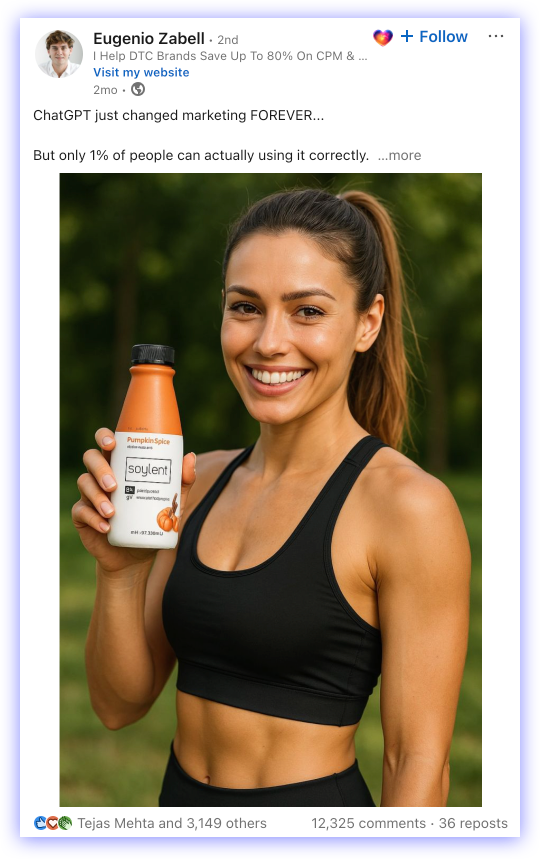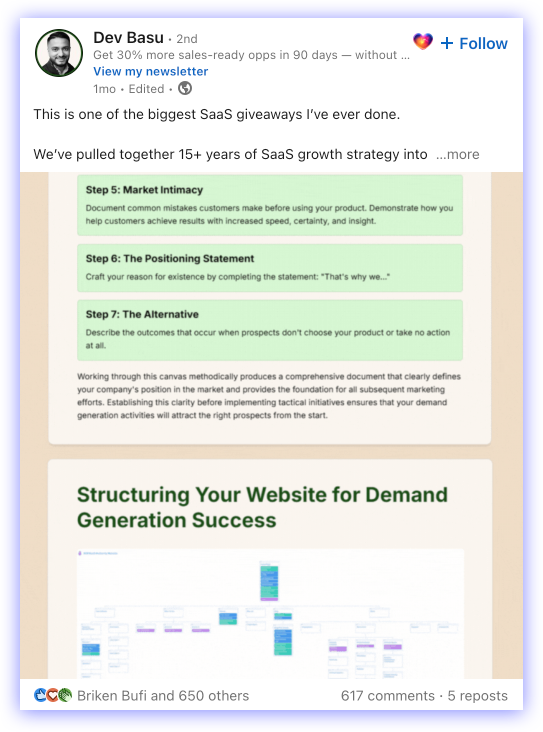LS #46: How to go viral on LinkedIn: 3 types, 11 examples
Here are 3 types of posts that often go viral on LinkedIn...
Hi there,
This time, I’m trying something new.
It’s not a weekly breakdown of viral posts.
Some of my clients want to go viral on LinkedIn, so I decided to write about the main types of content that tend to blow up on the platform.
What you’ll find in this issue?
The 3 types of posts that often go viral on LinkedIn
Examples for every type (from 2025)
Bonus :)
The goal of this newsletter is to give you direction on how to think about viral content — and help spark ideas you can use.
But first, here’s how I define a “viral” post:
Over 500 likes
Performs at least 10x better than the author’s usual posts
That’s it. Let’s dive in.
1. Controversial posts
Hard truth: controversial posts tend to perform really well.
And by “controversial,” I don’t mean cringe, wild, or totally out there (though sometimes that works too).
I mean sharing an opinion — ideally tied to a current trend — that challenges the common view. It could be a fresh take on a familiar topic or a bold prediction.
Here are a few real examples:
AI’s biggest lie (post)
Fresh post this week that got 7k likes
About a massive trend (AI)
Great example (Uber)
Fresh perspective on what might happen next when everyone's hooked on using AI (drastic increase in pricing)
Prediction about AI coding apps (Lovable, Bolt, Mocha, etc.)
700 likes on this post doesn't look like a lot at first glance, but Nick usually gets 15 likes per post. It's a pure viral effect because he doesn't have a big supportive network like big creators do, which is important for getting initial traction.
Everyone's amazed at how fast AI coding apps are growing (Lovable hits $50M ARR in 6 months).
But Nick shares a prediction that a storm is coming.
Hot take: SaaS is dying (post)
I hope you get the idea.
It's something that's different from the common point of view.
TOGETHER WITH POSTHERO
Grow your audience faster on LinkedIn. With an AI-powered tool that helps you create content and grow on LinkedIn.
Create high-converting content that helps you grow on LinkedIn
Create a weekly content in 76 seconds
AI Voice assistant for creating content in seconds
2. New edge in technology
Creators writing about AI have grown crazy in the last few years.
OpenAI launched a new model - a bunch of posts went viral this week showcasing this model.
Google launched Veo3 - same thing here with new videos created in Veo3.
It's easier to find new things in AI, however, it might be a new invention in your niche. Or specific use cases for how to use AI.
Here are a few examples with new tech:
A real-time webcam demo (post)
Mona Lisa preparing to get painted (post)
3. Lead magnets
This is the type of post where you share some valuable digital product and ask people to comment and like the post.
It increases engagement on the post, which is an important signal for LinkedIn that the post is good and it will increase reach.
It might be a video, masterclass, ebook, guide, template, workflow, and so on.
Here are a few examples:
Autonomous outreach agent workflow (post)
ChatGPT prompts for ads (post)
SaaS growth strategy (post)
Bonus: Announcements
Announcements can go viral if done right.
Here are 3 types that usually perform well:
Launch of a new product
New funding round
New revenue milestone
Examples:
Introducing an AI agent to build internal enterprise apps (post)
I’ve raised a $26M venture fund (post)
$1M ARR (post)
Conclusion
There are other viral post types on LinkedIn — like hiring updates, personal stories, or memes.
But before chasing virality, ask yourself why you want it. That’ll help you choose the right type of content.
Going viral just to go viral? Might work for generic B2C brands.
I went viral early in my LinkedIn journey — and got nothing from it.
0 leads. 0 customers.
Why?
I shared the wrong kind of content and just hoped it’d attract the right audience.
It didn’t.
Now I know: if I want leads and reach, I need to share case studies or lead magnets.
Hope that helps you too.
P.S. Do you like this kind of newsletter — or prefer weekly post breakdowns?




